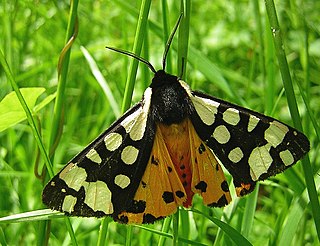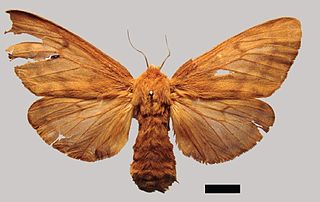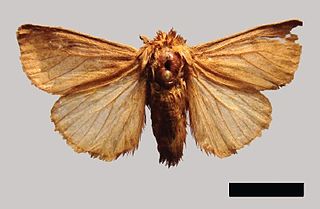In linguistics, a tenuis consonant is an obstruent that is voiceless, unaspirated and unglottalized.

Leptotes, abbreviated Lpt in horticultural trade, is a genus of orchids formed by nine small species that grow in the dry jungles of south and southeast Brazil, and also in Paraguay or Argentina. They are small epiphytic plants of caespitose growth that sometimes resemble little Brassavola, as they share the same type of thin terete leaves, though they are more closely related to Loefgrenianthus.

Nepenthes tenuis is a tropical pitcher plant endemic to the Indonesian island of Sumatra. The species was first collected in 1957, from a remote mountain in the western part of the island. It remained undescribed until 1994, and was only rediscovered in the wild in 2002. Prior to this, N. tenuis was known solely from a single photograph and dried herbarium specimen.

Pseudobarbus is a ray-finned fish genus in the family Cyprinidae. The type species is Burchell's redfin. The scientific name is derived from the Ancient Greek pseudes ("false") and the Latin word barbus. This genus contains some of the South African redfins. It was originally proposed as a subgenus, but has since been found worthy of recognition as a full genus.

The Arctiina are a subtribe of moths in the family Erebidae.

The least pipistrelle is a species of vesper bat.

The thin mouse shrew is a species of mammal in the family Soricidae found in South Africa and possibly Mozambique.
Paracles is a genus of moths in the subfamily Arctiinae. The genus was described by Francis Walker in 1855. The species range from Panama to Patagonia, with quite a few in the southern temperate region of South America.
Dorstenia tenuis is a species of herb in the plant family Moraceae which is native to southern South America.
Anatoma tenuis is a species of minute sea snail, a marine gastropod mollusk or micromollusk in the family Anatomidae.

Paracles azollae is a moth of the subfamily Arctiinae first described by Berg in 1877. It is found in Argentina.

Paracles severa is a moth of the subfamily Arctiinae first described by Carlos Berg in 1875. It is found in Argentina.

Paracles deseticola is a moth of the subfamily Arctiinae first described by Carlos Berg in 1875. It is found in Argentina and Patagonia.

Paracles burmeisteri is a moth of the subfamily Arctiinae first described by Berg in 1877. It is found in Argentina.
Paracles sericea is a moth of the subfamily Arctiinae first described by Schaus in 1896. It is found in Brazil.

Carlos Berg or Friedrich Wilhelm Karl Berg was an Argentinian naturalist and entomologist of Latvian and Baltic German origin.

Paracles argentina is a moth of the subfamily Arctiinae first described by Carlos Berg in 1877. It is found in Corrientes Province, Argentina.

Paracles uruguayensis is a moth of the subfamily Arctiinae first described by Carlos Berg in 1886. It is found in Uruguay.

Rupes Tenuis is a Martian north polar scarp. It is named after one of the classical albedo features on Mars. Its name was officially approved by IAU in 1988. It extends from latitude 74.94°N to 82.2°N and from longitude 242.12°E to 300.77°E. Its centre is located at latitude 81.6°N longitude 85.47°W. It marks the outer perimeter of Planum Boreum from longitude 242.12°E to 300.77°E, and it is formed by the eastern extension of the Olympia Cavi, a series of local troughs and depressions, which become longer and deeper as they merge to create the Rupes Tenuis scarp formation. The scarp is located to the west of Chasma Boreale, at the base of Planum Boreum, and its height varies from a few hundred metres to a maximum of approximately 1000 metres.

Salterellidae is a family of enigmatic fossil genera from the Early to Middle Cambrian. It was originally created for the genus Salterella by Charles Doolittle Walcott, who placed it in the group Pteropoda. It was later placed in Agmata, a proposed extinct phylum by Ellis L. Yochelson which is accepted by some other authors.
















